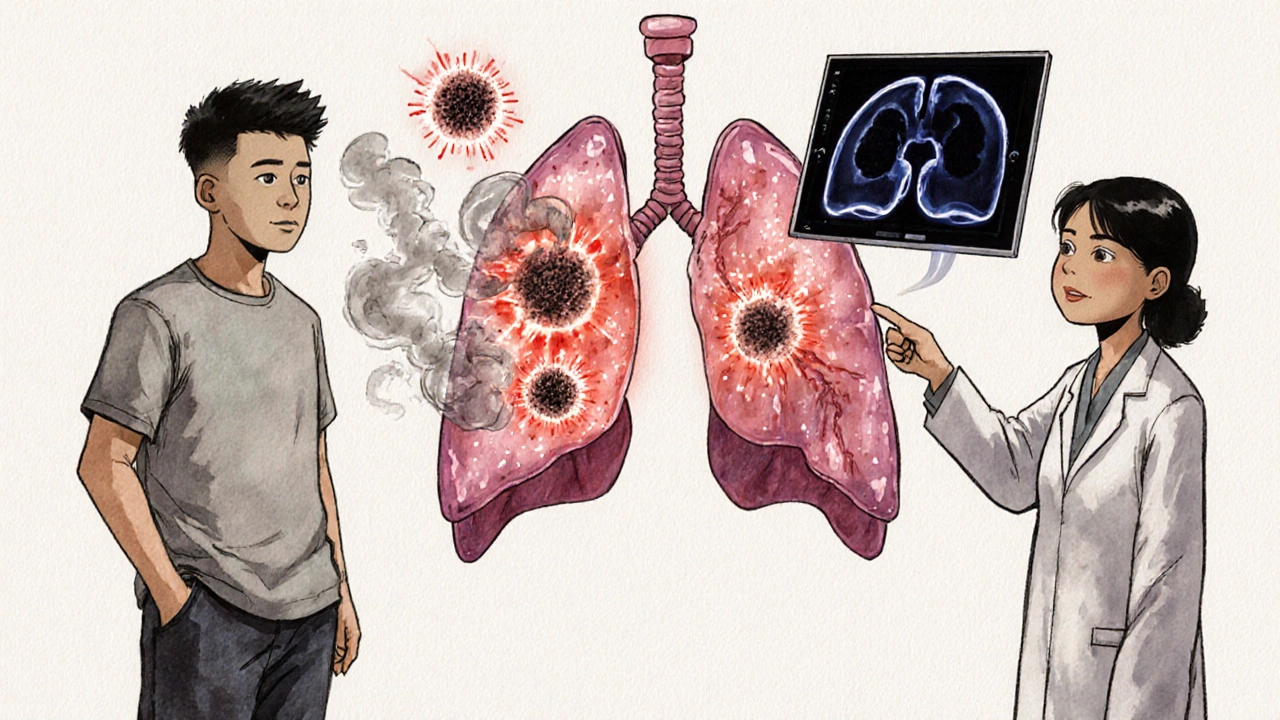When the virus is gone but your breathing isn’t, you’re not imagining it. Long COVID lungs, a condition where lung function remains impaired after a COVID-19 infection affects millions who thought they were done with illness. It’s not just fatigue or brain fog — your lungs might be scarred, inflamed, or overly sensitive, making even walking up stairs feel like climbing a mountain. This isn’t rare. Studies tracking patients for over a year show up to 1 in 3 still report breathing trouble months after recovery. And while some get better slowly, others need real help to get their lungs back on track.
Post-COVID lung damage, physical changes in lung tissue from inflammation and immune overreaction can show up as fibrosis, reduced oxygen transfer, or tight airways. It’s not always visible on X-rays, but pulmonary function tests often reveal it. People with severe initial infections are at higher risk, but even mild cases can lead to long-term issues. Respiratory recovery, the process of rebuilding lung strength and endurance after viral injury isn’t just about waiting. It’s about targeted breathing exercises, pacing activity, and avoiding irritants like smoke or pollution. Many patients find relief with pulmonary rehab — a structured program that combines exercise, education, and support. It’s not a magic fix, but it works better than anything else tested so far.
What you won’t find in most online guides is how much this condition overlaps with other post-viral syndromes. The same people struggling with long COVID lungs often report chest tightness that feels like asthma, or a cough that won’t quit even after months. It’s not anxiety — it’s real. Your lungs changed. And while no drug has been proven to reverse the damage yet, the right lifestyle habits can make a huge difference. Eating well, staying hydrated, and avoiding overexertion aren’t just good advice — they’re part of the treatment plan. And if you’ve been told it’s "all in your head," that’s wrong. Your lungs are still healing.
Below, you’ll find real stories, practical advice, and science-backed strategies from people who’ve walked this path. From breathing techniques that actually help, to what doctors recommend when standard treatments fail — this collection gives you what you need to move forward, not just survive.

Many people still struggle with breathing problems after COVID-19. Learn what’s happening in the lungs, why standard tests miss the damage, and how structured rehabilitation can help you recover.
Detail